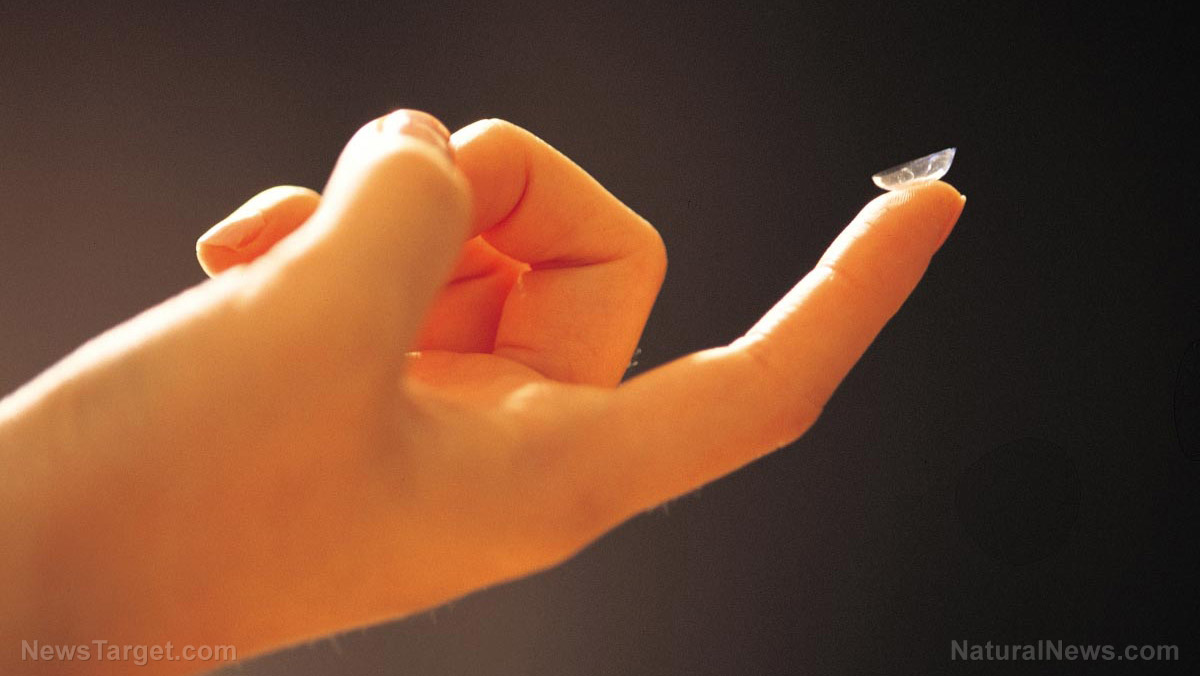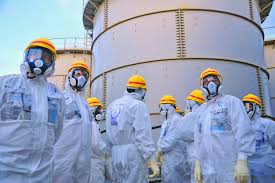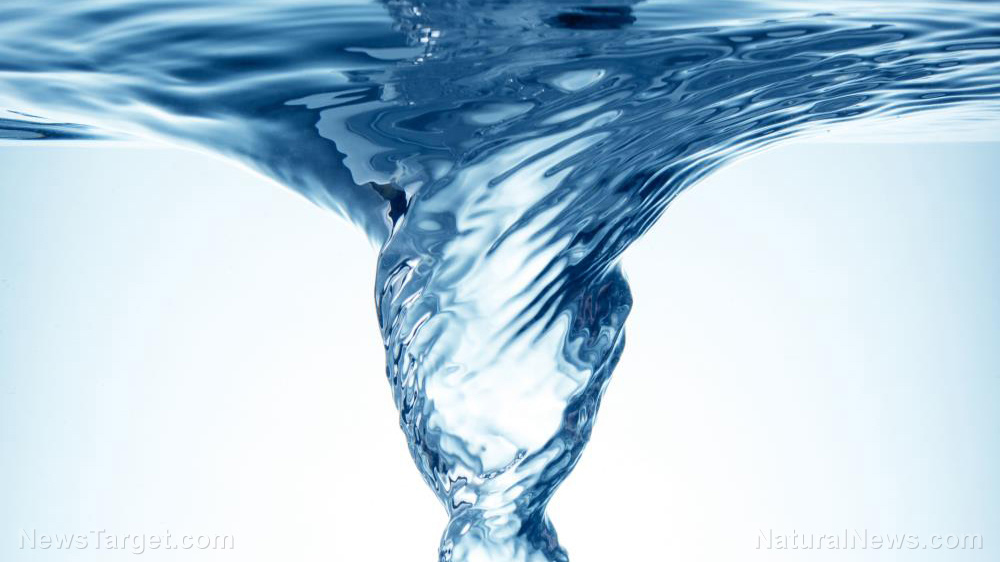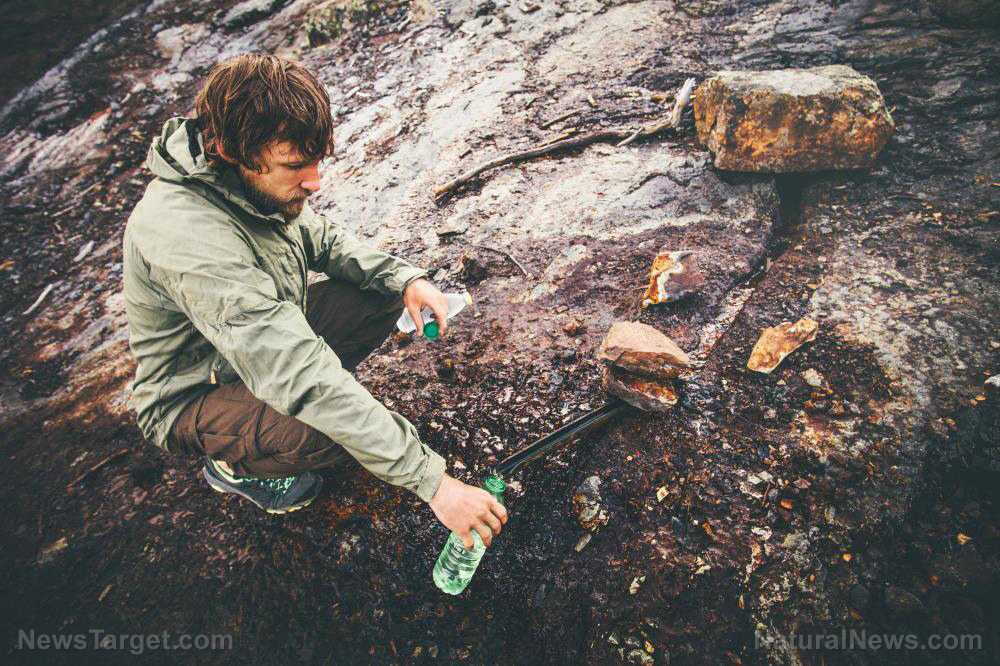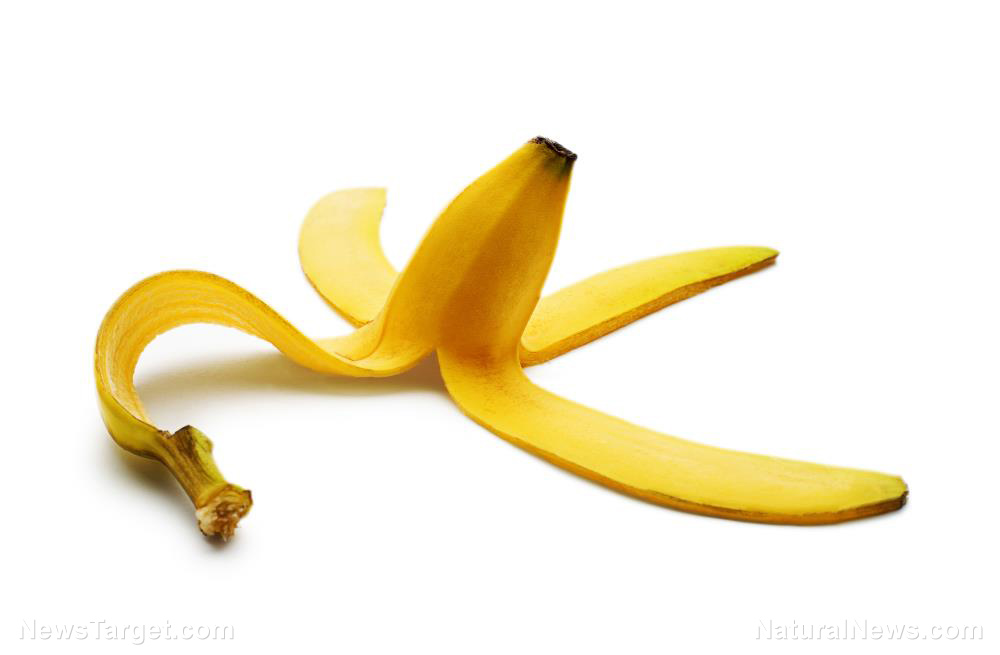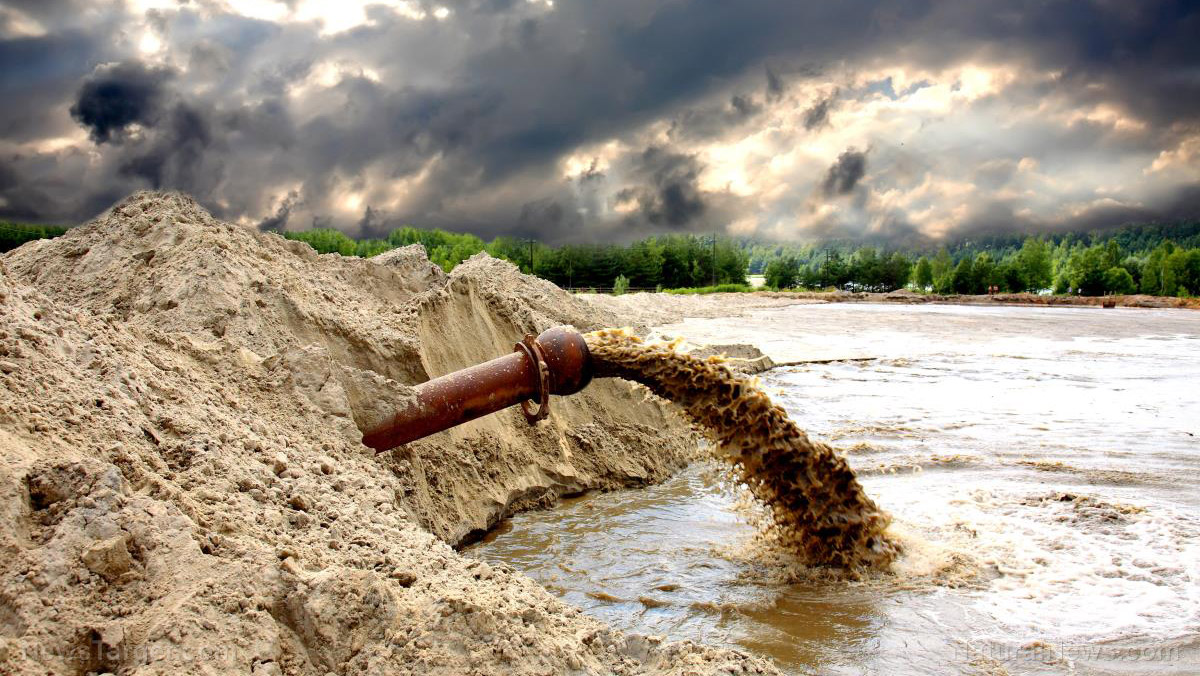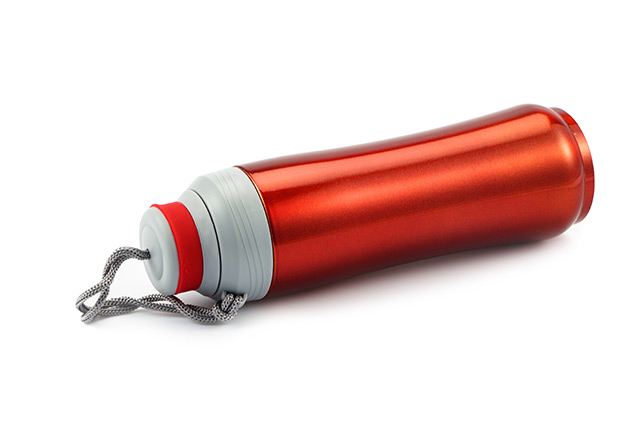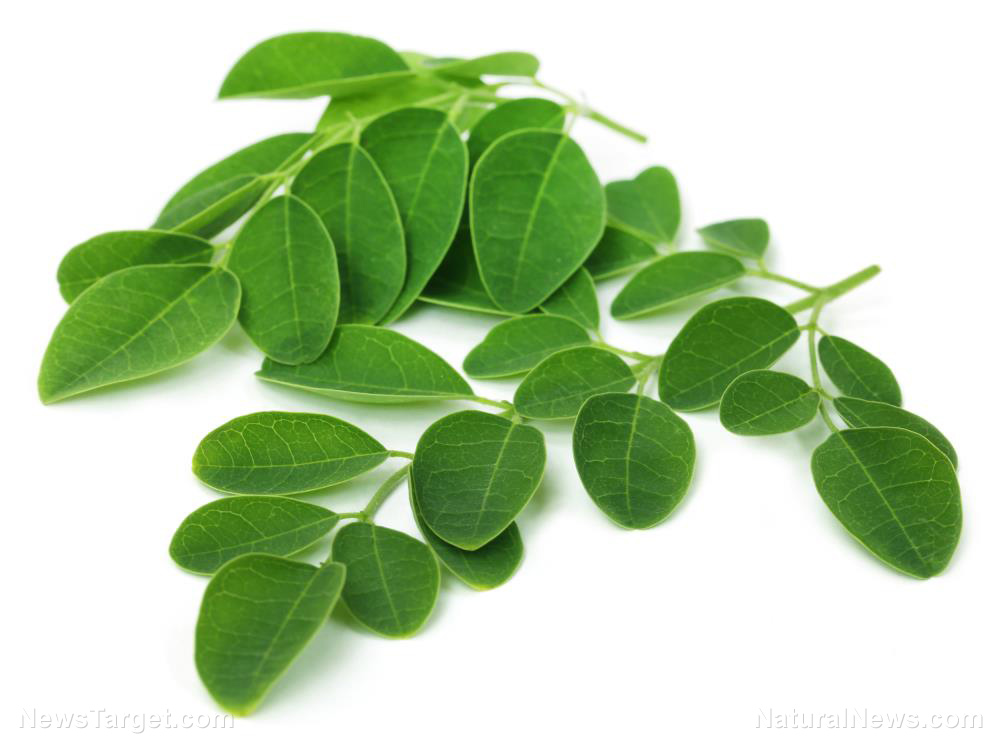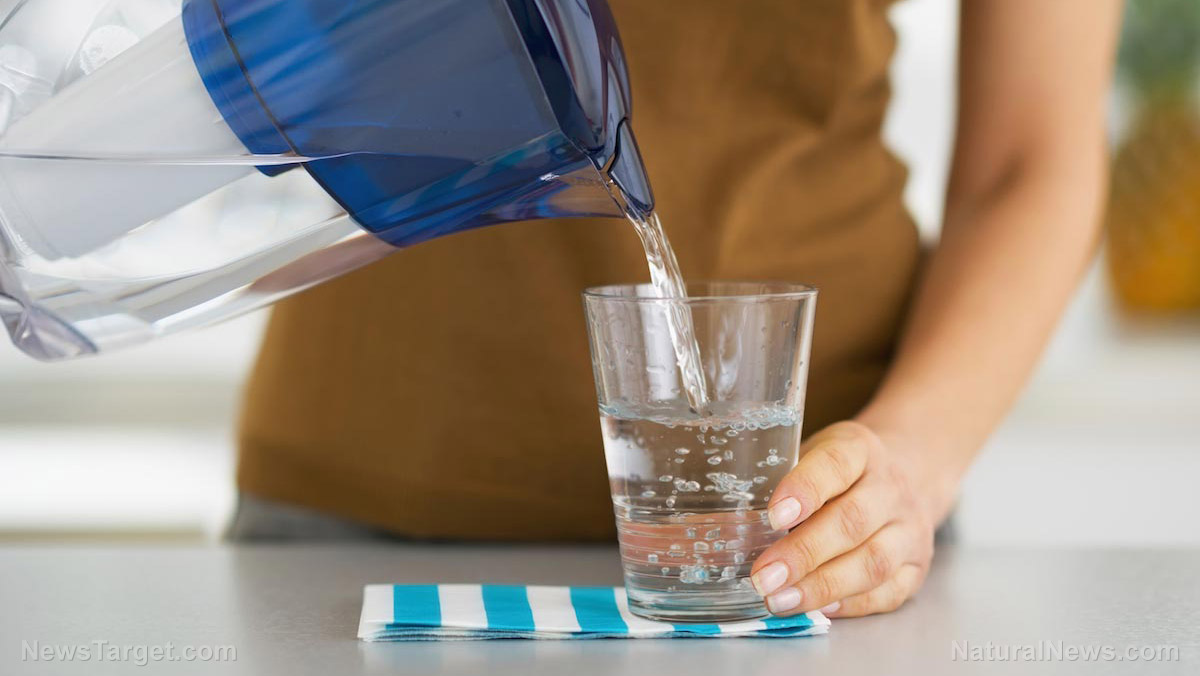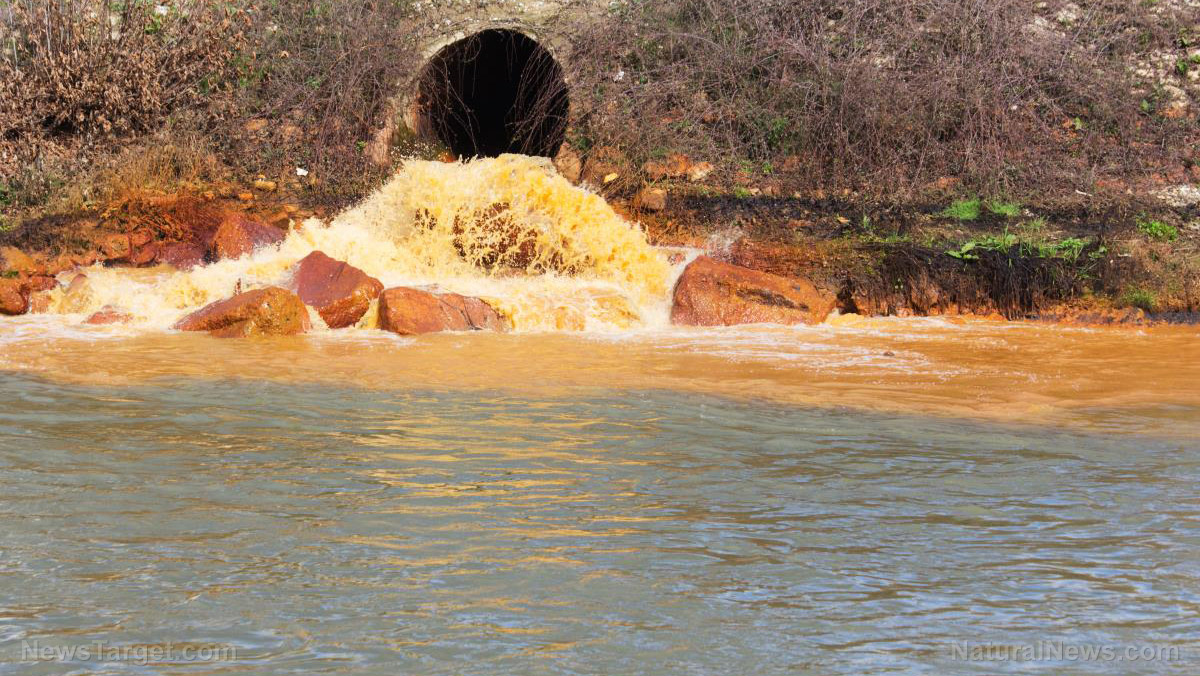Microplastics are leaking directly from an industry manufacturing site, spreading across a large coastal region
03/12/2018 / By Frances Bloomfield
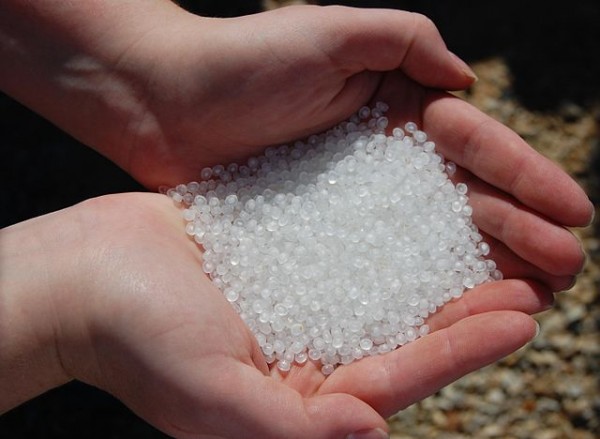
Microplastics have been leaking out into the environment by the millions from a manufacturing site in Stenungsund. But, far from just affecting the immediate area, these tiny plastic pellets have spread all over the coastal region.
This was what a team of researchers from Gothenburg University uncovered over the course of several studies. As Martin Hassellöv, a professor at the Department of Marine Sciences, explained: “In order to better understand how plastic pellets end up in the environment, we have documented, measured and calculated the flows of the pellets via waterways leading out from the production and distribution plants in Stenungsund where approximately five percent of the polyethene [sic] that is used in Europe is produced.”
Although a modest Swedish locality, Stenungsund is known for holding the country’s largest plastics and chemistry cluster. About five percent of the polyethene used in Europe is believed to originate from Stenungsund.
As such, the constant leakage from the Stenungsund manufacturing site has been estimated to number roughly three to 36 million pellets a year. If the fragments and fluff, which are even smaller plastic particles, were to be taken into consideration, however, then the leakage would be much greater than that. (Related: Do you have plastic in your gut? You might, if you drink water from the tap.)
“When we analyzed the smaller fractions, which are called fluff and fragment, the plastic leakage was more than a hundred times greater than when we only counted the pellets,” explained Therese Karlsson, a co-researchers of Hassellöv, who then added: “Moreover, we have seen that there are more leakage problems in conjunction with the transport, cleaning, loading and storing of pellets further along the production chain.”
The leakage has caused the site’s microplastics to disperse across the coast and end up as far as the adjacent archipelago. This was in spite of the many international agreements and Swedish laws that were set in place to prevent this type of environmental incident. The studies have demonstrated the lack of regulatory enforcement, which in turn, the researchers believe, was brought about by the poor implementation of supervisory procedures.
The effects of plastic pellets on marine environments and wildlife have been the subject of discussion since the 1970s, according to AlphaGalileo.org. In response to this, the U.S. introduced legislative recommendations to control microplastics as far back as the 1990s. Only recently has microplastics been placed under scientific and public scrutiny in Sweden.
In fact, it was only last year that the country announced it would be adopting a ban against microbeads in rinse-off cosmetics. As per ChemicalWatch.com, the ban will be applicable to cosmetic and personal care products that “contain plastic particles with a cleaning, scrubbing or polishing function.” This includes toothpastes, body scrubs, shower gels, shampoos, and conditioners. The ban will come into effect during July of this year, though any products that were purchased in stock prior to July can be sold until January 2019.
“It is completely unnecessary to add microplastic in rinseable cosmetics,” said Environment Minister Karolina Skog. She added that hazelnut, coconut shell, and other natural alternatives can achieve the same effect as these microbeads.
Whether or not this same rigidity will be administered to the microplastics coming from Stenungsund remains to be seen. There are already existing accountability regulations, and they’ve had no effect so far.
Go to Environ.news to do further reading on the detrimental effects of microplastics.
Sources include:
Tagged Under: Cosmetics, Ecology, effects of microplastics, microbeads, microplastics, plastic leakage, plastic pellets, plastics, water health, waterways

